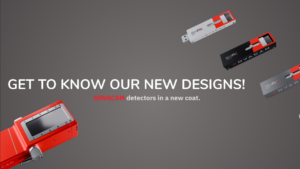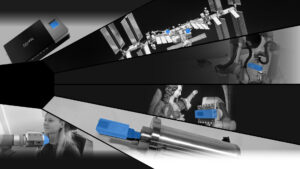Original article by Cristina Agrigoroae
Artworks are part of our cultural and historical heritage. Yet, according to the Fine Arts Expert Institute, nearly half of the artworks circulating on the market are fakes. So how can we tell if a Rembrandt is really a Rembrandt?


This year is the European year of cultural heritage, but what does particle physics have to do with art? Museums, art galleries, auction houses, private collectors, and other art experts may now benefit from the use of particle detectors for art authentication and restoration
At CERN, the Medipix collaborations have been developing pixel detector readout chips since the 1990s, enabling high-resolution, high-contrast, noise-free images – making them unique for imaging applications. Medipix2, Medipix3, Timepix and Timepix3 are state-of-the-art particle imaging and detection readout chips. Now they are being used to bring about a revolutionary improvement in the field of art authentication and restoration. A new start-up company based in Prague, InsightArt s.r.o., has adopted the technology to perform spectral X-ray scans of paintings.
Bringing together scientists and art restorers, InsightArt uses these chips to perform highly detailed X-ray scans of artworks. Unlike more conventional X-ray systems used in art authentication, the InsightArt scanner produces “colour” X-rays where colours represent different materials, i.e. pigments, in a painting. Differences in materials are detected by measuring the wavelength of X-ray photons. Furthermore, by using a system with robotic arms, analysis can be expanded to sculptures and other antique objects.
It can take between ten minutes and two hours to scan a piece of art, depending on its type and size. The read-out chips work like cameras, recording images based on the number of photons that hit the pixels when the shutter is open. The result is an X-ray image with unprecedented contrast and information on X-ray wavelengths, permitting researchers to estimate the materials used to create the piece. This helps for instance to determine whether any modifications have been performed on it over time, and even whether or not it is an authentic piece. The InsightArt company is supported by the ESA-BIC business incubator in Prague.
The Medipix collaboration was initially established at CERN to adapt particle-tracking chips, which had been developed for the LHC, to imaging applications in other fields. Subsequently, these chips have found applications in a wide range of sectors including medicine, space research, education and Art.


